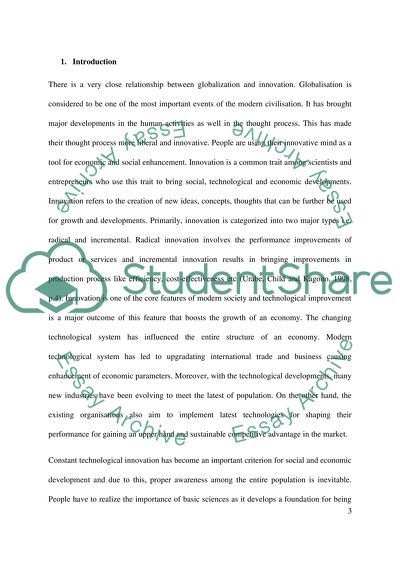Cite this document
(“International competiveness and innovation Essay”, n.d.)
Retrieved from https://studentshare.org/environmental-studies/1412225-international-competiveness-and-innovation
Retrieved from https://studentshare.org/environmental-studies/1412225-international-competiveness-and-innovation
(International Competiveness and Innovation Essay)
https://studentshare.org/environmental-studies/1412225-international-competiveness-and-innovation.
https://studentshare.org/environmental-studies/1412225-international-competiveness-and-innovation.
“International Competiveness and Innovation Essay”, n.d. https://studentshare.org/environmental-studies/1412225-international-competiveness-and-innovation.


